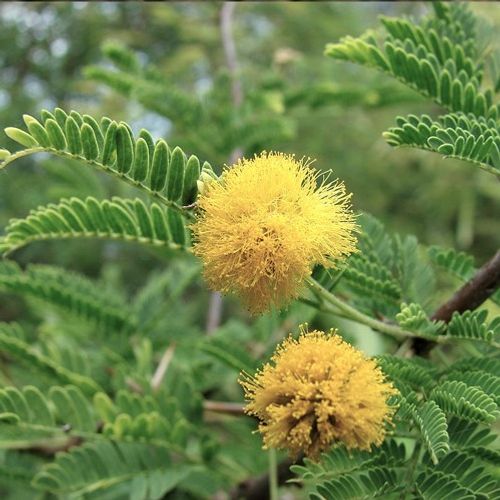- +033 2572 7171
- info@dhanvantary.com

4.5 Rating | 4500 Review

4.5 Rating | 4500 Review
Babbul (Acacia Arabica) is referred to as a “healing tree” in Ayurveda. In the traditional medicine system, babbul is used as a natural astringent, wound infections, skin disease, mouth ulcers, diarrhoea. Babbul is a therapeutic potent tree, in recent times researchers have worked on the various activities of this medicinal plant. It is used in the treatment of Alzheimer disease, malaria, diabetes, cancer, heart diseases, oral problems, and infertility.

Kingdom
Plantae
Division
Magnoliophyta
Class
Magnoliopsida
Family
Fabaceae (leguminosae)
Genus
Acacia
Species
A.arabica, A. nilotica
The babbul plant is highly demanding of sunlight, but sensitive to cold. It is widely distributed in arid and semi-arid regions of the world. The rainfall requirement range is 100mm to 1000mm. Due to its long tap root system, known as Phreatophyte that scavenge water from deeper layers of the soil. It can tolerate salinity, and also grows in shallow and rocky areas.
Babbul shows various ethnomedicinal properties due to numerous phytochemicals present in this plant. Let’s discuss phytochemistry of the plant:
|
Part of the Plant |
Phytochemical |
Properties |
|
Leaves |
Rich in tannins, proteins, saponins, glycosides, triterpenoids, flavonoids, phenol, 𝛄 – sitosterol, D- pinitol |
Anti-diabetic, Anti-cancer, Anti hypertensives, Anti-diarrheal, anthelmintic |
|
Bark |
Carbohydrates, Anthraquinone, Methyl gallate, Gallic acid, Umbelliferone, Diterpene, niloticane, cassane |
Antibacterial, Anti diabetic, Anti thrombotic, Anti-inflammatory, Anti carcinogenic, Anti-oxidant, diuretic, Anti molluscicidal |
|
Gum |
Tannin, Terpenoids, Polysaccharides, Calcium, Magnesium, Potassium |
Antipyretic, Anti asthmatic, Anti ulcerative, Anti diabetic, immuno- modulatory effect, Anti malaria, protective effect on reproductive organs |
|
Flowers |
Naringenin, Acetylcholine, gallic acid, glucopyranoside, |
Anti-oxidant, Astringent, immuno- modulatory, treating leucorrhea |
Babul is referred to as “Healing tree” because all the parts of the plant i.e. stem, fruit, pods, bark and seeds are used in the various medicinal systems. These uses are mentioned as below:
Its juice or paste can be used as per application
